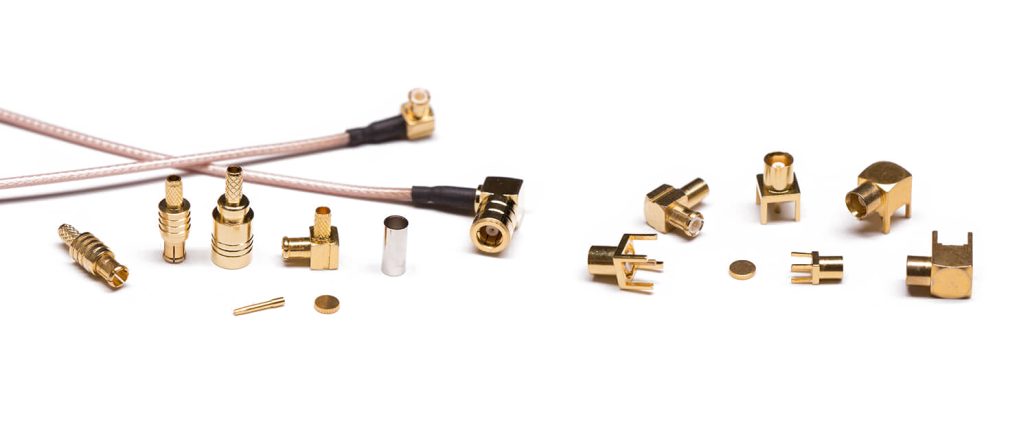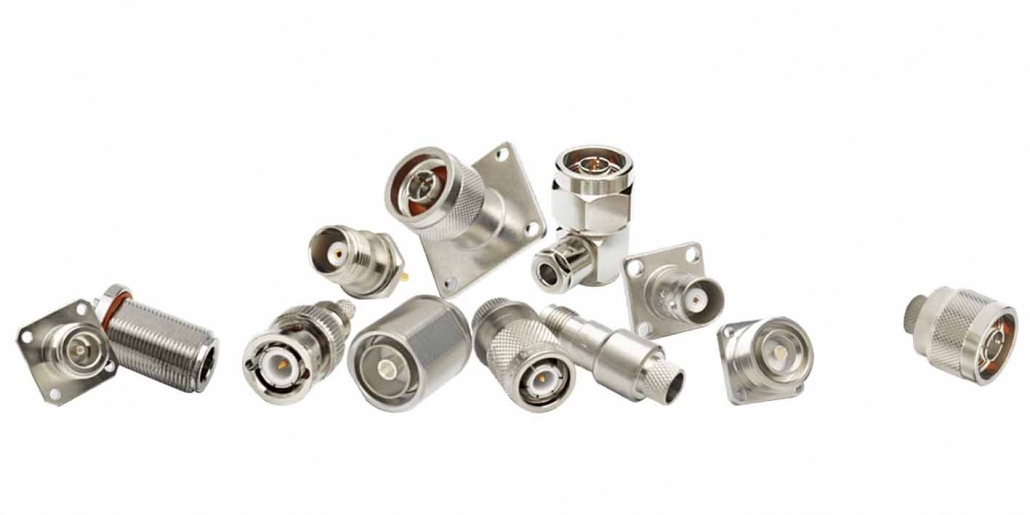The fusion of RF coaxial connectors and sensors has given rise to a novel breed of 5G RF connectors tailored for 5G wireless connections. In pursuit of global wireless connectivity, there is a growing impetus to reduce the cost of custom components for 5G wireless devices while concurrently enhancing their reliability. When it comes to the nomenclature of RF connectors, it typically adheres to internationally recognized main model names. Meanwhile, the nomenclature of distinct product structures adheres to detailed standard specifications. How well-acquainted are you with the fundamentals of RF connectors?
From Frequency Considerations to Structural Attributes
Coaxial connectors, sometimes referred to as radio frequency connectors or RF connectors (although strictly speaking, RF connectors don’t entirely equate to coaxial connectors), occupy a unique niche in the connector realm. RF connectors are categorized based on frequency considerations, whereas coaxial connectors are categorized according to their structural attributes. It’s worth noting that some connectors, while not inherently coaxial, find utility in the realm of radio frequency applications. Coaxial connectors can also be employed at lower frequencies, such as the ubiquitous audio headphone plug, where the frequency does not surpass 3MHz. Conventionally, radio frequency pertains to the MHz range. In contemporary usage, coaxial connectors frequently find themselves in the microwave domain, where the “radio frequency” terminology overlaps with “microwave” in the GHz range.

The Unique Role of Coaxial Connectors in the Connector Realm
Coaxial connectors consist of an inner conductor and an outer conductor. The inner conductor serves to establish the signal path, while the outer conductor functions both as the signal ground (with reflections occurring on its inner surface) and an electromagnetic field shield. This dual role prevents external electromagnetic interference from affecting the internal electromagnetic waves (shielding them from the outside) and vice versa (shielding internal interference from external electromagnetic fields). This inherent feature confers several structural and spatial advantages upon coaxial connectors. The inner conductor’s outer surface and the inner surface of the outer conductor are essentially cylindrical, typically sharing a common axis, hence the moniker “coaxial connectors.”
Advantages, Transmission Performance and Electrical Criteria
Among various transmission line configurations, coaxial cables are frequently favored for their exceptional attributes, including simplicity, efficient use of space, ease of manufacture, and superior transmission performance. Coaxial connectors emerged as a natural extension of the coaxial cable’s excellence. Owing to the coaxial structure’s inherent advantages, coaxial connectors excel in ensuring the continuity of characteristic impedance, keeping transmission interference and electromagnetic interference (EMI) at minimal levels, and minimizing transmission losses—qualities that render them indispensable in radio frequency and microwave applications. Furthermore, as coaxial connectors predominantly operate at high frequencies, certain electrical performance criteria set them apart from their connector counterparts.

